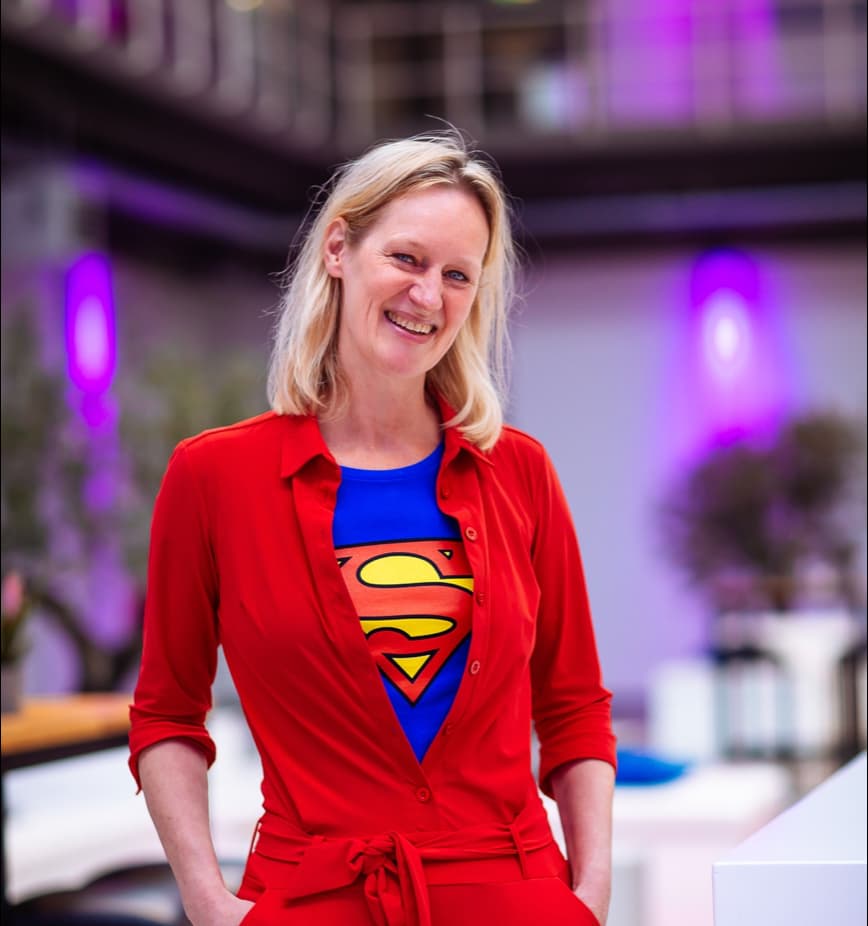Change makes people insecure, but organizations can also use it to drive innovation. Create the right context for your employees and magic will happen, writes innovation expert Simone van Neerven.
Certainty above all
Time and again, scientific research shows that people naturally seek security and certainty. We prefer to keep things as they are, even if we know that changing now means we will be better off in the future. Organizations struggle with this daily. They know that they have to continuously keep up with all changes, but all too often the ‘we have always done it this way’ attitude reigns. Sticking your head above the ground is still very difficult in many organizations.
Certainty is an illusion
The pace of change has never been as fast as it is today, and it will never be this slow as today. We all know that change brings uncertainty, a feeling that makes us uncomfortable and something we want to avoid as much as possible. But here is the thing. Change is the only constant we have and one thing is certain: certainty is an illusion. So the key is to get comfortable with that uncomfortable feeling.
Fear is stronger than curiosity
From an early age, we have been taught that making mistakes is bad. At school, we strive for error-free tests that yield the highest grades and the most compliments. But that also means that we no longer dare to take risks. We are careful not to go off the beaten track. For most people, fear trumps curiosity and excitement. When people don’t feel free to try new things, their work becomes more repetitive and boring. There are fewer new ideas and soon teams find themselves in a downward spiral, with unhappy people who are no longer productive.
To innovate is to feel uncomfortable
As the American writer and management consultant Margaret J. Wheatley once said, “The things we fear most in organizations – fluctuations, disturbances, imbalances – are the primary sources of creativity and innovation.” Innovating means being open to other perspectives, to widen your reference frame. It means daring to change your mind. Daring to admit that you don’t know and that you don’t know what the future will bring.
Innovation means experimentation: trying new things, making mistakes, learning, and daring to stop initiatives when they don’t work. Helping others in the team without necessarily benefiting yourself, and daring to come up with solutions that initially seem way too crazy (and therefore will probably generate a lot of resistance). When people don’t feel free and safe, they suppress the urge to try new things. They will also stop sharing their concerns and honest opinion; both are essential for innovation.
Practice makes perfect
In 1974, Philippe Petit, the French tightrope walker, spanned a tightrope between the two Twin Towers in New York. In just 45 minutes, he walked eight times back and forth between the two towers. A breathtaking and frightening act. When Petit was asked how he pulled this off, he answered that he was a strong believer in continuously challenging himself to overcome his fears. By training a lot, he learned to embrace that uncomfortable feeling.
If you hesitate, your fear grows. When you dare, your courage grows
Another more recent example, also coincidentally in New York, is from Lee Kim. In 2017, she started to create and wear a silly hat every day. Wearing these hats on the street and in the subway made her extremely uncomfortable. People stared at her. Sometimes they asked her questions which led to such fun and interesting conversations that she started to feel better. It broke her daily routine. The initial plan was to stop after a year. But she overcame the uncomfortable feeling, and very much enjoyed the many beautiful serendipitous moments. To this day she wears a different homemade silly hat every day.
Curiosity is contagious
The good news is that curiosity is contagious. When a leader is curious, she or he is open to other perspectives and actively seeks them out. By asking open questions to the team, there is room for wonder. Team members actively explore new ideas and feel encouraged to come up with new, sometimes weird, or even radical solutions.
Make innovation super fun
There are simple ways to create an open and safe space in a team. For example, Vueling Airlines’ innovation team in Barcelona spun a digital ‘wheel of fortune’ in their weekly team meetings. When the wheel stopped on the picture of a team member, she or he had to create a simple prototype within a week. This should be shown to the others in the following team meeting.
When they started, the team members were a bit anxious. But soon, everyone got used to it. It became the highlight of the team meeting, and the bond between team members strengthened as they started to help each other. Trust in the team increased dramatically. On top of all, in just one year, fifty new ideas were brought to life.
Magic happens if you create the right context
People are naturally curious. Create the right context and magic will happen. Organisations that understand this are more comfortable with uncertainty and ambiguity. They no longer become uncomfortable with the constant changes, but instead, they have found ways to benefit from it.
This article was originally published in Dutch on MT/Sprout, the most popular business and management platform in the Netherlands.
don’t miss out!
subscribe and get my columns straight into your mailbox


